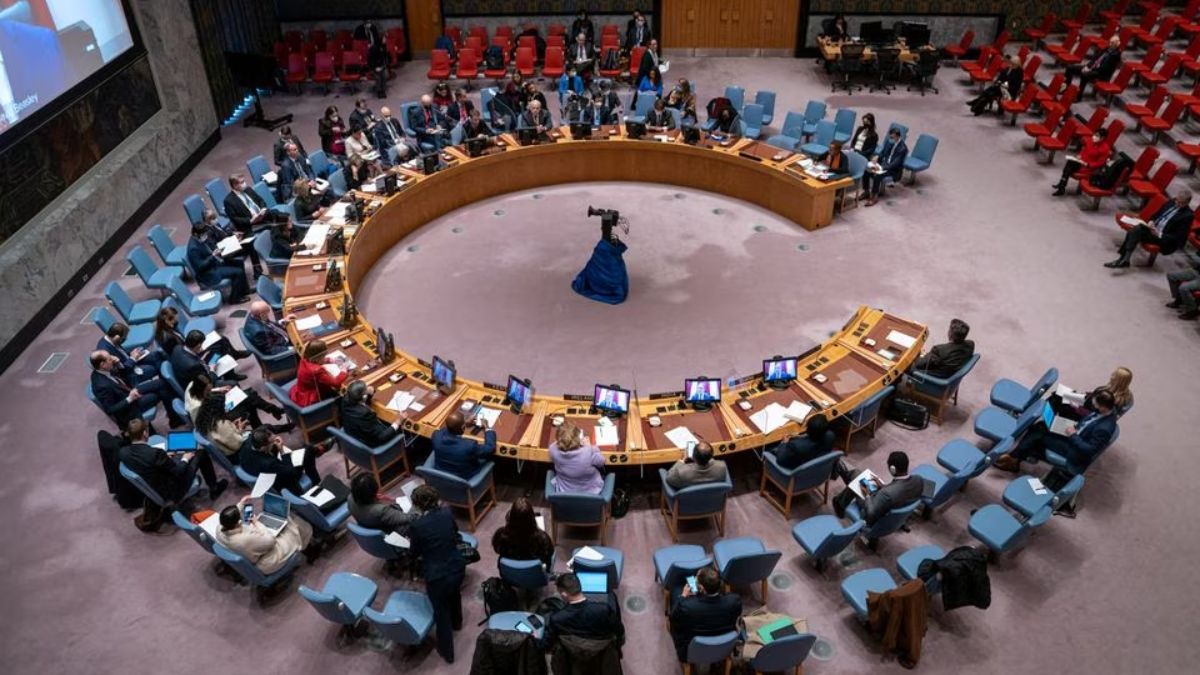
6.1 Rajya Sabha
The Council of States or Rajya Sabha is a permanent House and it is not subject to dissolution. After every two years, one-third of its members retire and its same numbers of seats are filled up by new members.
The total membership of the Rajya Sabha is 250.
It is a representative House of States but the States are not represented equally in the Rajya Sabha. Seats in the Rajya Sabha are allocated to different States on the basis of population. Out of the total members of the House, twelve members are nominated by the President from amongst the persons having special knowledge or practical experience in the fields of literature, science, art and social service.
The members of the Rajya Sabha are elected by the legislative Assemblies of the respective States on the basis of proportional representation.
The Chairman of the Rajya Sabha is not a member of this House. The Vice-President of India is the ex-officio Chairman of the Rajya Sabha. But the Deputy-Chairman of the Rajya Sabha is elected by the members of the Rajya Sabha from amongst its members.
The money Bills cannot be introduced in the Rajya Sabha.
With respect to Money Bills, the Rajya Sabha can make only recommendations which may or may not be accepted by the Lok Sabha. The Rajya Sabha is given 14 days time to consider the Money Bills and if it fails to do anything within that period, the Bill is deemed to have been passed in the manner it was passed by the Lok Sabha.
The Council of Ministers is not responsible to the Rajya Sabha. Therefore, a no-confidence motion cannot be introduced in the Rajya Sabha.
But the Rajya Sabha exercises certain powers which are not available to the Lok Sabha. It can declare a subject included in the State List as a subject of national importance by passing a resolution supported by not less than two-third members present and voting. If a subject of State List is declared of national importance, Parliament gets power to legislate upon such a subject.
The Rajya Sabha has the power to create new All India Services by passing a resolution supported by not less than two-third members present and voting.
If and when the Lok Sabha is dissolved and the declaration of Emergency is in force, the Rajya Sabha approves such declaration of Emergency.
The proposal to remove the Vice-President is initiated only in the Rajya Sabha not in the Lok Sabha.
6.2 Lok Sabha
The Lok Sabha is not a permanent House. It is dissolved after the expiry of its term of five years. But it can be dissolved before the period of five years by the President on the advice of the Council of Ministers. New Lok Sabha is elected and constituted within a period of 6 months from the date of its dissolution.
The maximum strength of the Lok Sabha can be 552 members. Out of this, 530 members are elected from the States and 20 Lok Sabha members are elected from the Union Territories.
The remaining two members are nominated by the President from among the Anglo-Indian community.
The members of the Lok Sabha are elected by the people directly on the basis of secret vote and universal franchise. For the purpose of election, the population is divided into various constituencies.
The Speaker and the Deputy Speaker of the Lok Sabha are the members of the House and are elected by the members of the Lok Sabha themselves.
The Money Bills can be introduced only in the Lok Sabha.
The Lok Sabha is not bound to accept the recommendations of the Rajya Sabha with respect to Money Bills. The Lok Sabha has the real and final authority in respect of Money Bills.
The Council of Ministers is, infact, responsible to the Lok Sabha. It can remove a government from office by passing a resolution of no-confidence.
The Lok Sabha does not have any such power to declare a subject of the State List of national importance.
The Lok Sabha does not enjoy any such power to create new All India Services.
The Lok Sabha does not get this opportunity as the Rajya Sabha is not subject to dissolution.
Lok Sabha either approves or rejects such a proposal to remove the Vice-President but it cannot initiate such a proposal.
